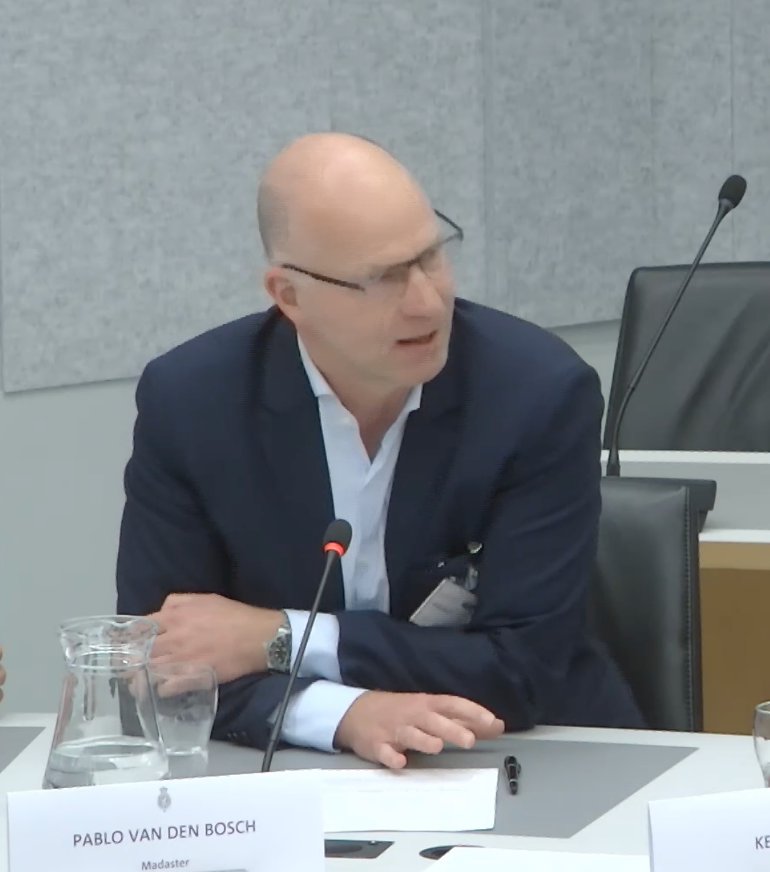Houseful is a Horizon 2020 project aimed at developing technological solutions and business models for the creation of sustainable and highly energy-efficient residential buildings. To do so, it has attracted the participation of multiple companies and organisations across various European countries, with a focus on key areas: energy efficiency in building construction and operation, integration of renewable energy, management of energy and water, and use of sustainable and circular materials.
In short, the Houseful project aims at transforming the way in which residential buildings are built and operated in Europe, promoting the transition towards a low-carbon economy and improving quality of life for citizens.
 Results show that a higher degree of circularity is achieved in the energy pillar in this particular project, which helps to reveal that there is more room for improvement in the other pillars, and illustrates the relative contribution of each life stage to the overall indicators. Notably, for energy and water, the use phase exerts a significant influence, such that the impact of the other phases is negligible.
Also, the BCS is obtained accordingly:
Results show that a higher degree of circularity is achieved in the energy pillar in this particular project, which helps to reveal that there is more room for improvement in the other pillars, and illustrates the relative contribution of each life stage to the overall indicators. Notably, for energy and water, the use phase exerts a significant influence, such that the impact of the other phases is negligible.
Also, the BCS is obtained accordingly:
 The low level of circularity achieved in some pillars lowers the overall circularity of a building, showing the crucial importance of addressing all factors at the same time, whenever possible.
The low level of circularity achieved in some pillars lowers the overall circularity of a building, showing the crucial importance of addressing all factors at the same time, whenever possible.
Building Circularity Methodology
As part of the project’s holistic solutions, a building circularity methodology (BCM) has been developed to evaluate the efficiency of circular economy (CE) solutions for the housing sector. The methodology, aligned with Level(s) — an EU framework of core sustainability indicators and general standards for sustainable buildings — assesses circularity according to six CE pillars by evaluating Key Performance Indicators (KPIs) from a life cycle perspective (from the extraction of raw materials to end-of-life utilisation). These are material flow analysis indicators for the main natural resources used in building construction (i.e. energy, water, and raw materials) and impact indicators related to sustainability (i.e. social, environmental, and economic impacts).Evaluating the degree of circularity based on six CE pillars
- Energy circularity is measured according to the rate of circular energy used over the total embodied and operational energy. Circular energy refers to on-site and/or nearby renewable energy and energy savings in raw material extraction, building parts manufacturing, building operation and end-of-life processes.
- Water circularity refers to the rate of water used circularly in the water footprint of a building. Circular water represents a valorisation of the water savings and greywater/rainwater recovery in all life cycle stages.
- As per the material circularity, the methodology considers the 10-R framework, thus evaluating the recyclable content and reused products and components, along with Construction and Demolition Waste (C&DW) minimisation, as well as the amount of recyclable material and number of reusable products and parts at the end-of-life stage.
- The social impact indicator focuses on the well-being of building users and the observance of production, construction, and waste treatment practices that improve social fairness. It is based on social requirements that are established by frameworks and certifications, such as Level(s), LEED, WELL, Cradle to Cradle and standards of Building Sustainability.
- The environmental impact indicator considers the entire life cycle of a building and compares its greenhouse gas emissions with and without the use of CE solutions. This provides a comprehensive understanding of the reduction in the environmental impact of a building as a result of CE solutions implementation.
- Finally, the economic impact indicator analyses the economic performance of the implemented solutions from a life-cycle perspective. It compares the life cycle costing (LCC) of a building with and without CE solutions, considering factors such as maintenance costs and energy and water savings.
The building circularity score (BCS) as composed indicator of overall building circularity
To help compare buildings and locations, the proposed methodology allows a global circularity indicator to be calculated — the building circularity score (BCS) — from the previous indicators. To obtain the BCS, two adjustments are carried out. First, a comparison with the existing national building stock is carried out. This allows correction of any mismatches between the degree of circularity and the general characteristics of the country’s building stock. For example, if a building with a high circularity energy indicator has a higher level of energy consumption than the average building stock, the indicator will be lower, despite the high degree of energy that can be considered circular. Second, the relevance of each CE pillar at the location of a particular building is factored in. A pillar’s relevance will increase or decrease if it reflects more or less stress, from a national perspective. For example, in a country that has high energy availability as well as water stress (e.g. Spain), water will have a higher relevance than energy in the calculation of the overall indicator.Showcasing the results and implementation of a web-based tool to enhance methodology applicability
The BCM has been tested in real case scenarios to showcase how results are obtained and to validate the overall methodological approach. A building’s renovation project under CE principles has been assessed, obtaining the following results: Results show that a higher degree of circularity is achieved in the energy pillar in this particular project, which helps to reveal that there is more room for improvement in the other pillars, and illustrates the relative contribution of each life stage to the overall indicators. Notably, for energy and water, the use phase exerts a significant influence, such that the impact of the other phases is negligible.
Also, the BCS is obtained accordingly:
Results show that a higher degree of circularity is achieved in the energy pillar in this particular project, which helps to reveal that there is more room for improvement in the other pillars, and illustrates the relative contribution of each life stage to the overall indicators. Notably, for energy and water, the use phase exerts a significant influence, such that the impact of the other phases is negligible.
Also, the BCS is obtained accordingly:
 The low level of circularity achieved in some pillars lowers the overall circularity of a building, showing the crucial importance of addressing all factors at the same time, whenever possible.
The low level of circularity achieved in some pillars lowers the overall circularity of a building, showing the crucial importance of addressing all factors at the same time, whenever possible.
The importance of data availability
One of the main limitations — as with similar assessments of building construction and renovation activities — is data availability. Anticipation of needs is important for efficiency, as many tasks are interdependent and use the results from previous tasks. The list of data required for the methodology must be mastered by all stakeholders to ensure coverage of all data. To ease the process of input data gathering and methodology application, the BCM has been implemented in the so-called building circularity tool (CT), a web-based tool that allows connection with pre-existing building products and component databases and building passport solutions, such as that of Madaster. It also allows automatic calculation of all indicators — per pillar and life cycle stage and the combined BCS. Such a tool is intended to be a decision-support system (DSS) for building designers (architects, engineers), policymakers and even financial institutions. It may be used to address compliance with CE principles and the EU Taxonomy to provide access to favourable financing mechanisms. Read more about the HOUSEFUL project.Join our movement today, start preserving value
View all



